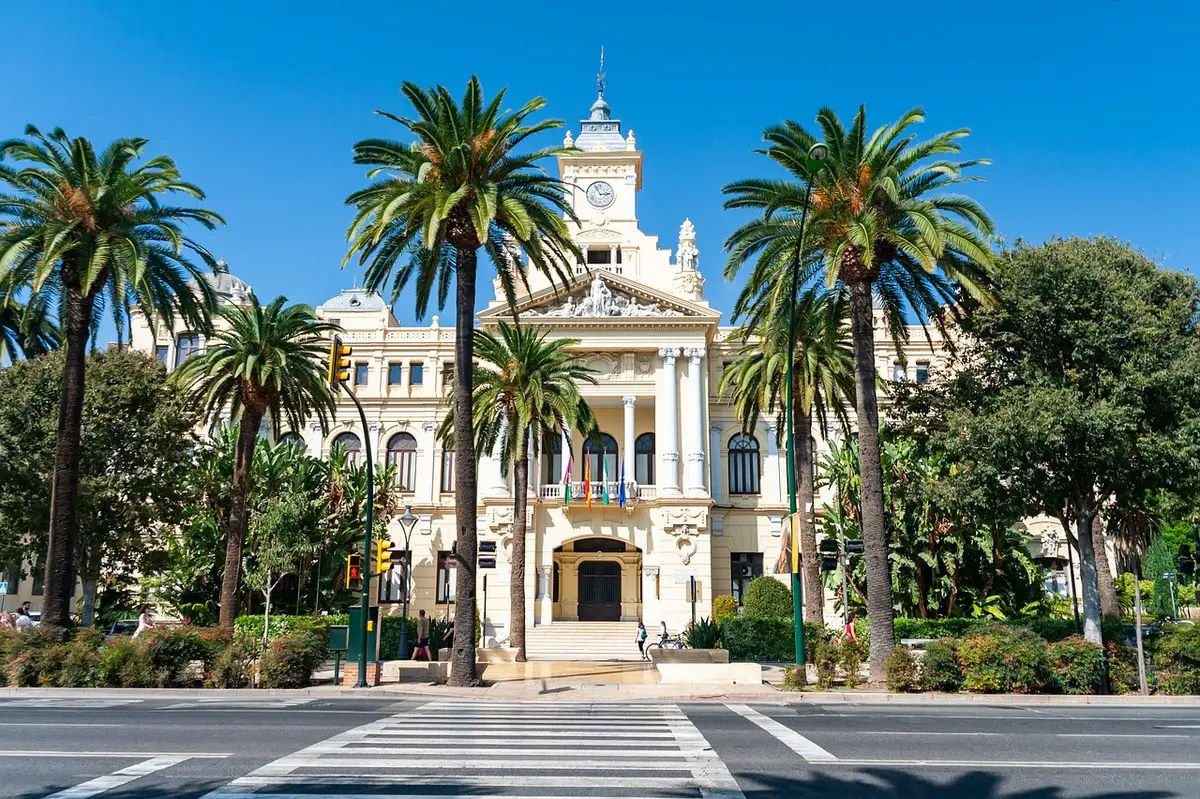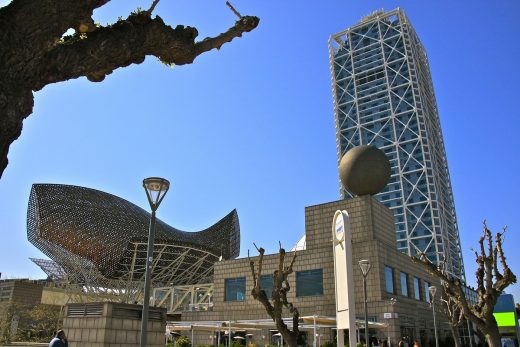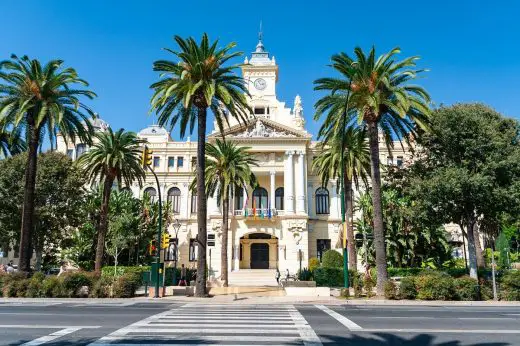Spanish beach city architecture guide, Contemporary buildings in Spain, Iberian architects
Spanish Beach Cities: Architectural Features of Coastal Cities
23 April 2024
The architectural variety of Spanish seaside cities is a critical element of their appeal. Spain’s rich history and geographical variety provide a vibrant metropolitan landscape shaped by both tradition and innovation. From Barcelona’s busy streets to Málaga’s sunny coastlines, Spanish coastal cities have many architectural styles that reflect their complicated pasts and dynamic present.
Historical Influence on Architecture
Roman and Moorish Impacts
Spanish seaside cities have Roman and Moorish histories that have shaped their architecture. Cádiz and Málaga have Roman theaters, aqueducts, and Moorish strongholds and palaces. Moorish architectural characteristics like horseshoe arches, elaborate tile work, and lush courtyard gardens have produced unique cityscapes that draw millions of visitors. These aspects are beautiful but also record a cultural exchange between indigenous peoples and their conquerors, shaping local architecture and urban development.
The Renaissance and Modernist Movements
In Barcelona and Valencia, Renaissance and Modernist influences are evident in their skylines. Barcelona, known for Antoni Gaudí, features Modernist masterpieces, including the Sagrada Familia and Park Güell. The groundbreaking approaches to space, light, and texture of these constructions are praised, as well as their aesthetic novelty. Valencia offsets this with Gothic and Baroque facades, balancing old and new. This mix of styles mirrors a more significant trend in Spanish coastal communities, where historical veneration and avant-garde daring coexist to create dynamic, culturally, and economically viable cities.
Contemporary Architectural Features
Innovative Use of Space and Sustainability
In recent decades, Spanish beach cities have adopted modern architectural concepts, notably in space and sustainability. Urban planners and architects must rethink how these dense historical cities can support expanding populations and contemporary tourists without compromising their environmental integrity. Solutions include multipurpose facilities that combine residential, commercial, and cultural purposes while meeting high ecological criteria. In newer areas, green building materials, energy-efficient technologies, and innovative waste management practices provide sustainable urban landscapes that respect tradition and modernity.
Integration of Traditional and Modern Designs
San Sebastián and Marbella have consciously blended old Spanish architecture with modern design. This technique integrates historical styles into current creations to retain visual and cultural continuity. Terracotta tiles and minimalist glass facades in residential and commercial structures show respect for traditional materials and skill while embracing modernity. This blend protects Spanish architecture and attracts a varied population, improving livability and tourism.
Impact on Tourism
Architectural Tourism as a Growth Driver
Spanish coastal communities’ distinctive architecture attracts tourists and highlights their thriving cultural life. Architectural tours and thematic itineraries of these cities’ historical and modern attractions are growing in popularity, boosting the economy and encouraging culture. Each city’s architectural uniqueness helps brand and sell itself as a unique attraction in the competitive global tourist industry. Architectural festivals, exhibits, and conferences gather academics, professionals, and tourists.
Academics, professionals, and tourists can share their knowledge about vacation destinations’ architecture during architectural festivals, displays, and conferences. Frequent travelers may find more exciting places that are targeted to them by visiting https://enjoytravellife.com/student-travel-destinations/. This website can provide more fascinating travel possibilities for enjoying each place at its finest.
Hosting International Events
With their modernist architecture, towns like Barcelona are excellent for hosting international events. Cultural festivals and worldwide conferences showcase the host city’s architecture and attract foreign tourists and media. Such activities help local companies and increase the city’s global reputation. This strategy leverages architectural resources and promotes urban development and cultural programming to keep these cities lively and relevant globally. Also, if you’re tasked with documenting such an event in Barcelona or any other city in Spain, securing additional support through paper help can enhance your output. Services specializing in writing are well-equipped to refine your essays or articles, ensuring they accurately capture the essence and impact of the event.
Architectural Preservation and Innovation
Challenges of Preservation
Preserving Spanish coastal communities’ architecture while adding contemporary infrastructure and accessibility is difficult. New projects in these cities must preserve the historical context while balancing preservation and innovation. Urban planners and architects must overcome strict restrictions and community expectations to develop projects that blend with the old while providing modern utility and efficiency. This continuing conversation between past and present is essential for preserving these cities’ distinctive cultural and architectural legacy.
The Role of Innovation in Urban Spaces
Architecture innovation shapes Spanish seaside towns. Architectural innovation keeps these cities competitive and desirable as global destinations as they adapt to new needs. Innovative city technology, environmental construction techniques, and socially interactive and accessible designs are included. Innovative architecture improves inhabitants’ and tourists’ quality of life and beautifies these cities. The urge for new design keeps these cities’ architectural landscapes vibrant and ready for future challenges.
Economic Contributions
Spanish seaside cities attract local and international investors due to their unique architecture. Architecturally distinctive properties, such as historical landmarks turned into luxury flats or modern mansions with cutting-edge designs, attract premium rates and are considered prize assets. This demand for unusual homes drives real estate, boosting economic growth and urban development. These places attract investors owing to their appreciation potential, fueled by tourism and a restricted supply of unique properties. Architectural distinctiveness and real estate development boost the local economy and provide a constructed environment that honors history while meeting current demands.
Conclusion
Spanish coastal towns’ architecture is vital to their culture and economy. These towns provide a rich tapestry that draws tourists, promotes investment, and supports local economies, from Roman and Moorish influences to sustainable and modern design. By exploiting their architectural legacy and innovating, Spanish coastal cities may stay dynamic and charm international visitors for decades.
Comments on this guide to Spanish Beach Cities: Architectural Features of Coastal Cities article are welcome.
Spanish Architecture News
Contemporary Building Development in Spain – New Built Environment Updates
Spanish Architecture Designs – chronological list
María Lejárraga Public Library, Vega de Granada, in the Ventorrillo de Cullar Vega, province of Granada, Andalusia
Design: Rubens Cortés Arquitectos
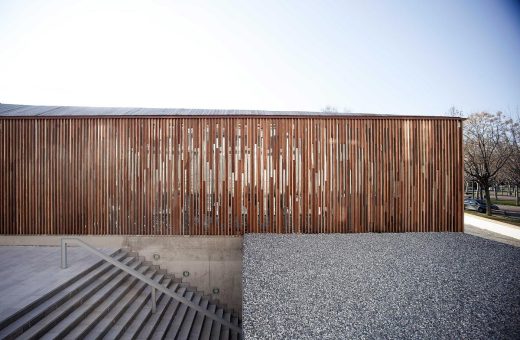
photo : Javier Callejas Sevilla
María Lejárraga Public Library, Granada
Casa de Jesús, near the Tramuntana mountain range, island of Mallorca, Balearic Islands, Spain
Design: mateoarquitectura
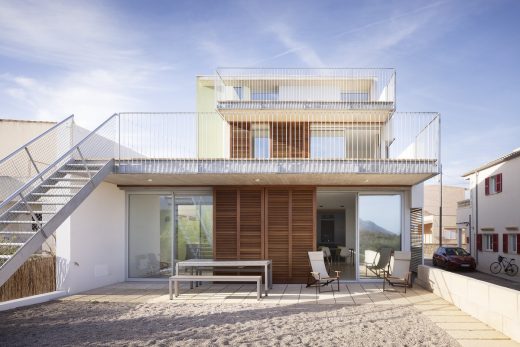
photo : Marie-Caroline Lucat
MK Residence, Mallorca property
Architecture: Alventosa Morell Arquitectes
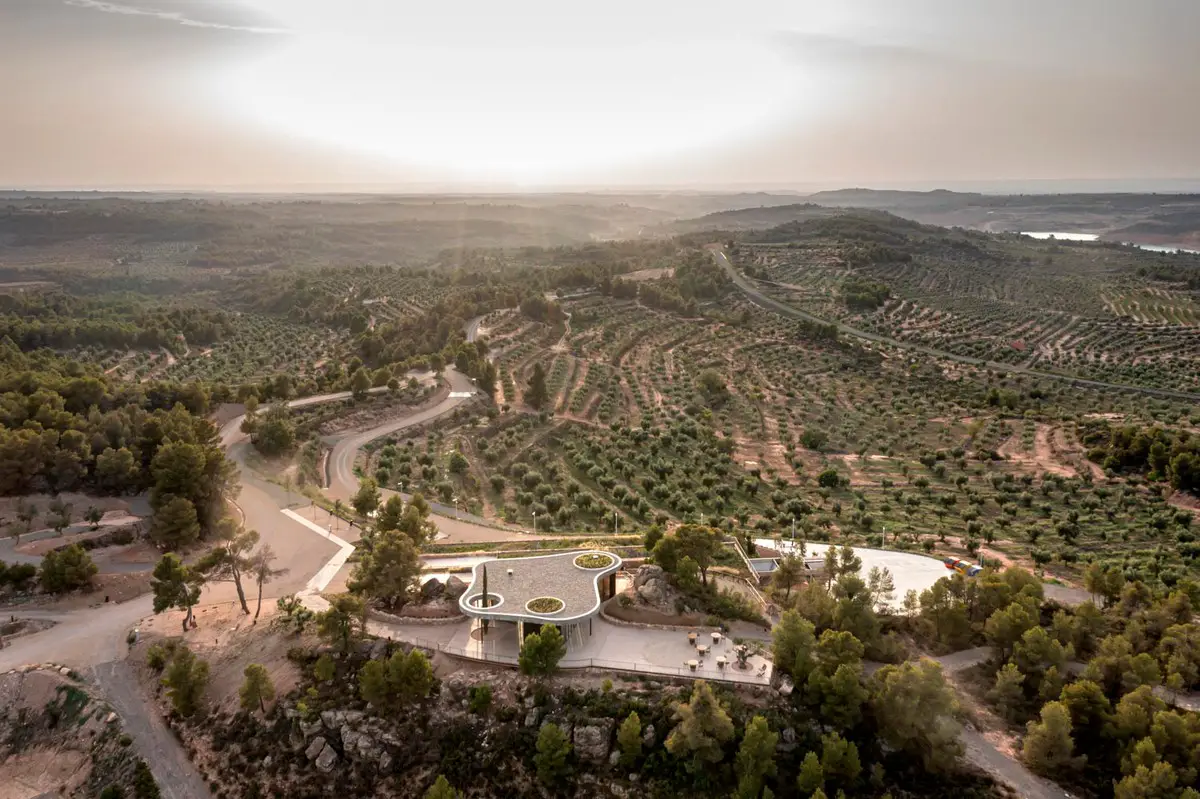
photo : Adrià Goula
El Trull CV, Cuadrat Valley estate
Spanish Property
Contemporary Spanish Home Designs – recent real estate selection from e-architect below:
Comments / photos for the Spanish beach city architecture guide page welcome.

